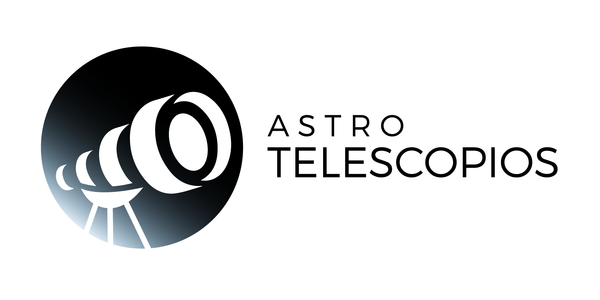
Partial lunar eclipse September 18, 2024
A partial lunar eclipse will be visible in the early hours of September 18 from Asia, Europe, Africa and America.
A partial lunar eclipse occurs when the Earth is positioned between the Sun and the Moon, but only part of the Moon enters the Earth's shadow, known as the umbra. In this type of eclipse, only a fraction of the Moon is obscured, while the rest remains illuminated by sunlight.

In Spain and Portugal the partial lunar eclipse begins at 04:13 AM (03:13 AM Lisbon, Portugal) with its maximum at 04:44 AM (03:44 AM Lisbon, Portugal).
In Mexico, the partial eclipse will also be visible. In this case, the event begins on September 17 at 8:13 PM and peaks at 8:44 PM Central Mexico time.
If you live in the United States, the partial eclipse will begin at 8:41 p.m. EDT (1:41 a.m. GMT on September 18), the peak of the eclipse will occur at 10:44 p.m. EDT (3:44 a.m. GMT on September 18), and the partial lunar eclipse will end at 12:47 a.m. EDT on September 18 (5:47 a.m. GMT).
In Brazil, the partial eclipse begins at 9:41 PM (Brasilia-DF) with its maximum at 11:44 PM.
Phases of a partial lunar eclipse
- Penumbra: The Moon begins to enter the Earth's penumbra, a fainter outer shadow. During this phase, the darkening is slight and difficult to notice.
- Umbra: Part of the Moon enters the umbra, the darkest central shadow. At this point, the partial eclipse is clearly visible, as part of the Moon is obscured while the rest remains visible.
- Emerging from the umbra: The Moon begins to emerge from the umbra, and the partial eclipse begins to fade.
- Emerging from the penumbra: Finally, the Moon completely emerges from the penumbra, returning to its normal state.
Recommendations for observing a lunar eclipse
Unlike solar eclipses, lunar eclipses are not harmful to our vision, so you can observe a lunar eclipse with the naked eye without any protective equipment.
Using telescopes and binoculars helps you observe the phases of the lunar eclipse in greater detail. Use eyepieces that provide a wider field of view and less magnification, such as eyepieces with a magnification of 25 mm or higher. In the case of binoculars, we recommend that you use 10x50.
Contact us if you need more information about Astro Telescopios products, an astronomy store specializing in the sale of astronomical telescopes, observation accessories and binoculars.
WhatsApp: +34606566298
